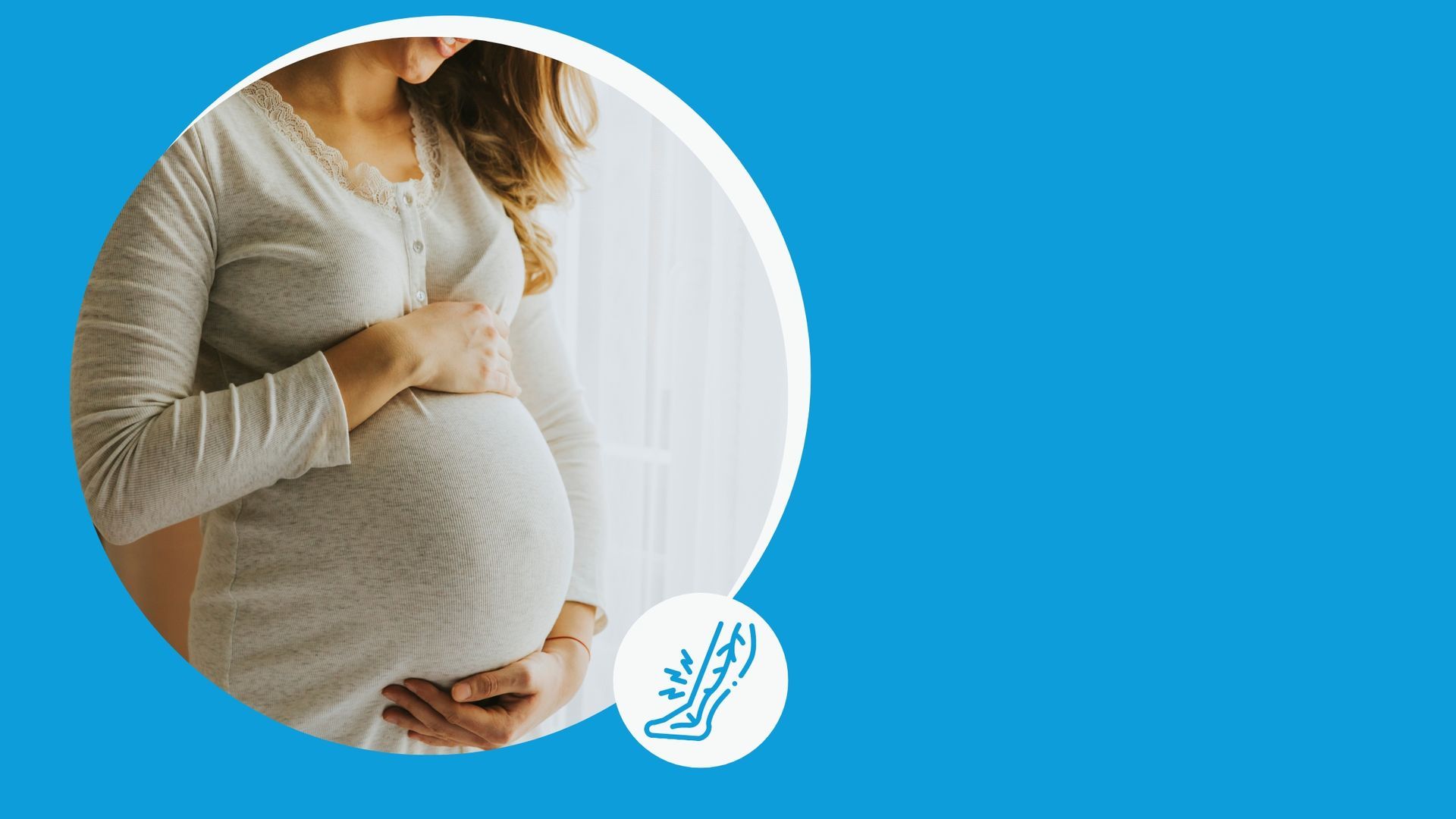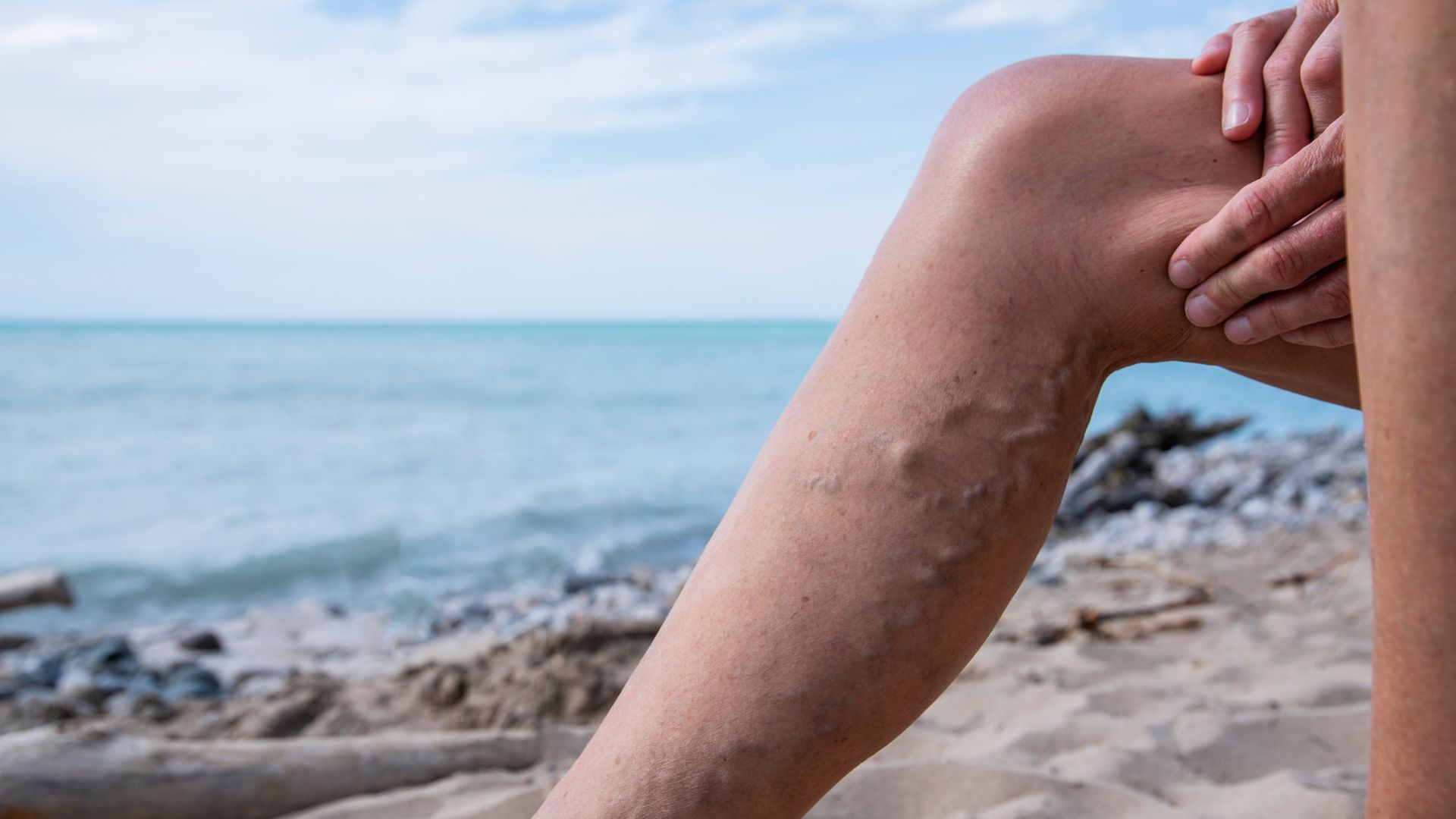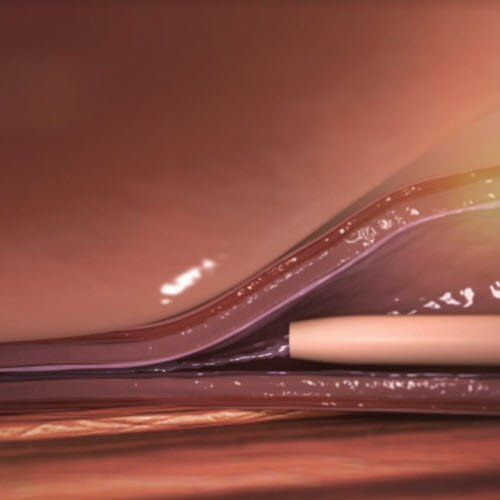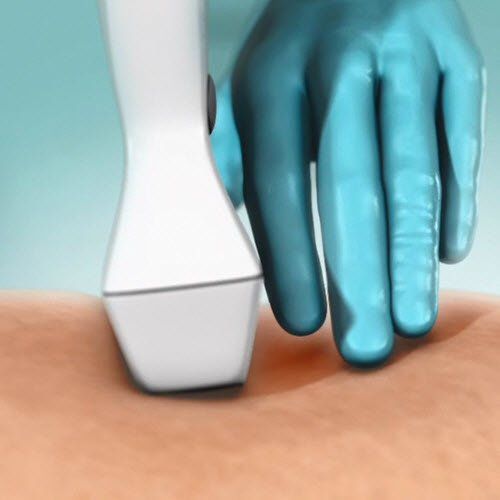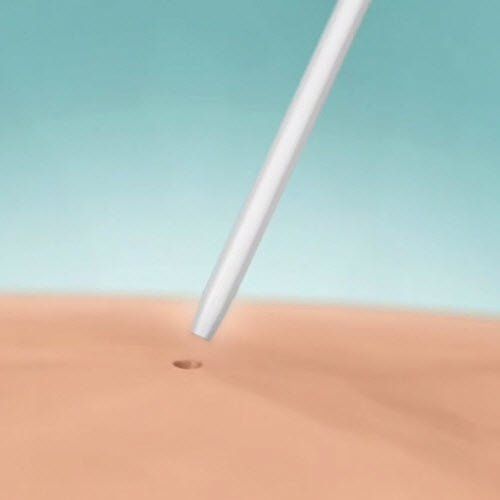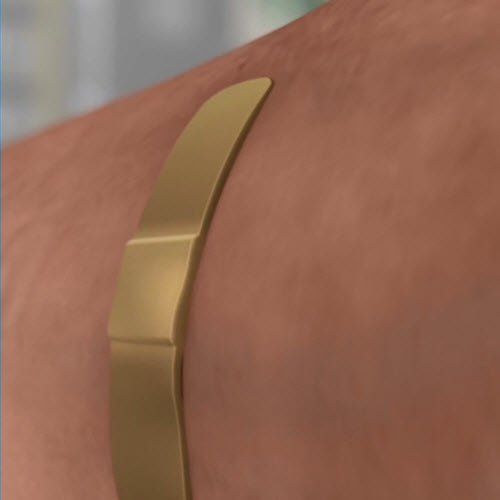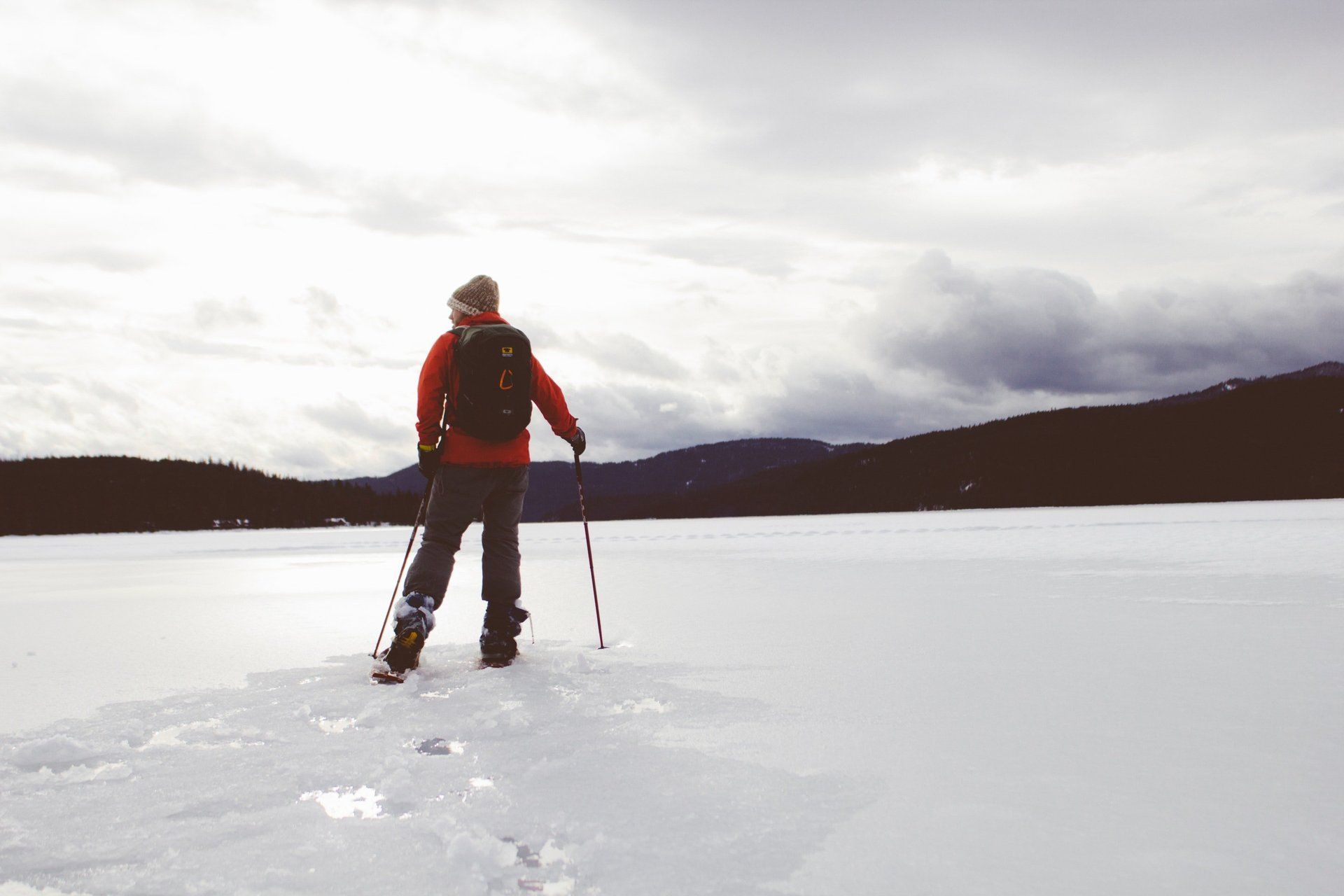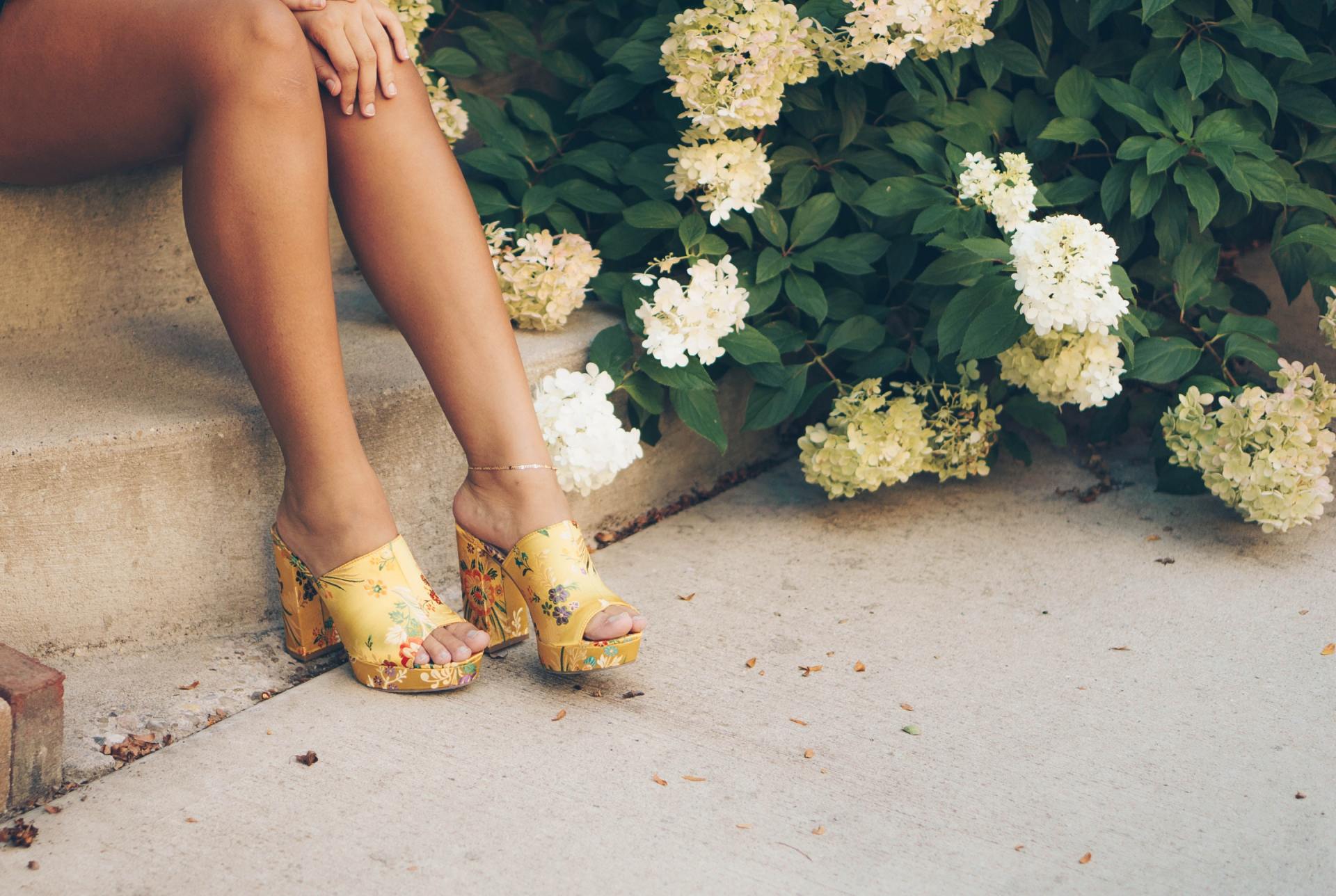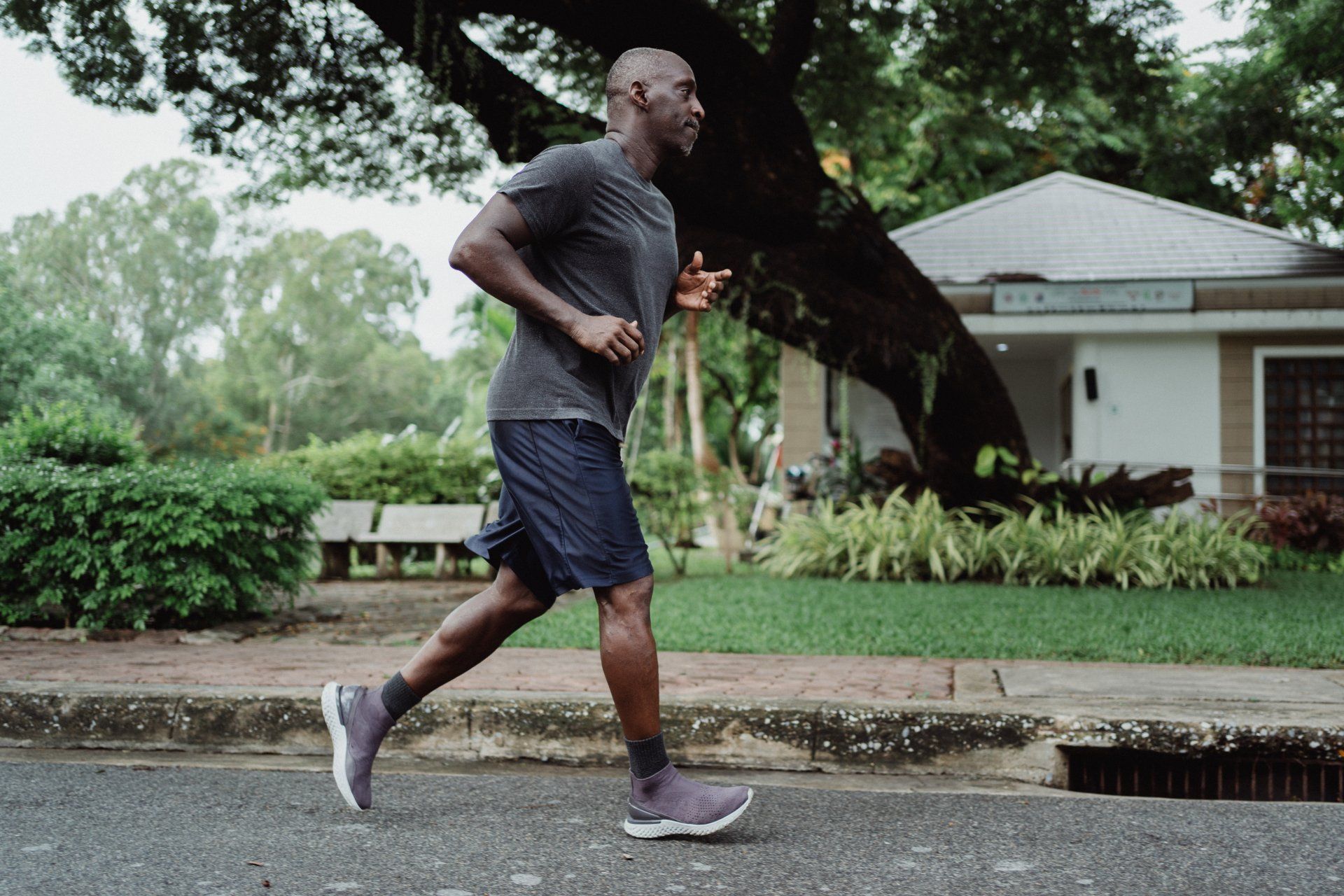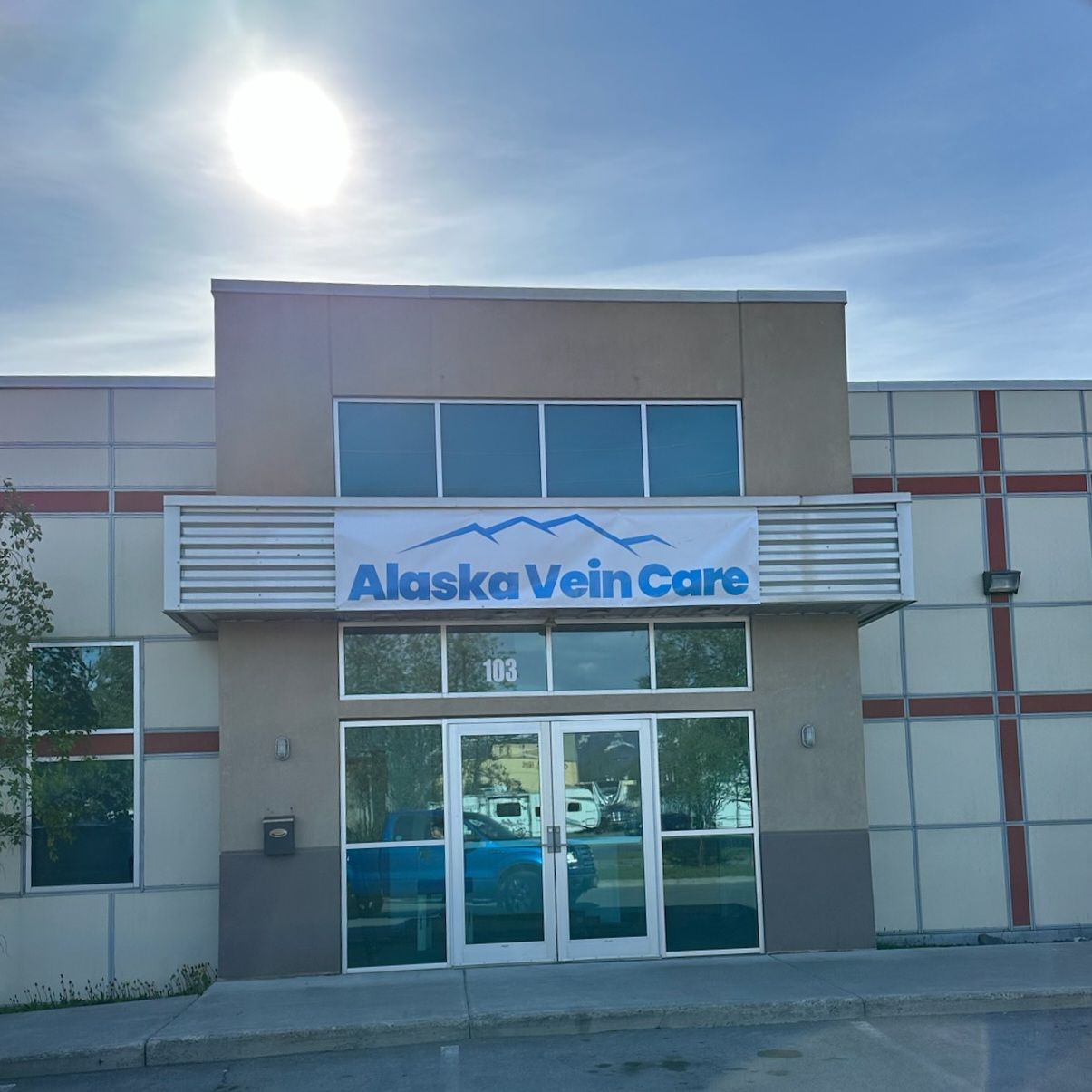What Home Care Remedies, And Medical Procedures Are Available For Vein Disease?
Treatments for varicose veins can be sought simply for cosmetic reasons. But in many cases, treatments for vein disease are medically warranted and important for a patient's overall health. The methods that vein doctors recommend range from at-home treatments and minimally invasive procedures, to more involved surgical processes.
This short article will help you understand a little bit about them and whether you should consider treatment. Please be aware that while Alaska Vein Care aims to offer helpful information, we do not suggest trying any form of treatment without first consulting with your doctor or a vein specialist.
At-Home Varicose Vein Remedies:
In some cases, a doctor may suggest trying the following things before considering surgical measures:
- Stay active
- Wear compression socks and stockings
- Avoid standing or sitting in one position for extended periods of time (TIP: using a stand-up desk can be very helpful while working)
- Elevate your legs
- Lose any excess weight
- Avoid junk food & alcohol
These may help reduce the pain and uncomfortable feelings associated with varicose veins, or chronic venous insufficiency. But make sure you talk with your doctor or healthcare provider if you think you have a vein problem, or before starting a new exercise regimen. These remedies are not in any way meant to replace the advice and treatment performed by a medical professional.
Medical Procedures For Vein Disease:
If at-home solutions don't provide the desired results, your doctor may recommend one of the many available vein treatments that we now have access to. Some of the procedures cause very little discomfort, and take place only on the surface of the skin. Other procedures may be more surgically involved and require a longer recovery period.
Here is a list of the many vein procedures available:
- Sclerotherapy
- Laser treatment
- Radio-Frequency ablation (RFA)
- VenaSeal™
- Ligation & vein stripping
- Phlebectomy
Sclerotherapy
Many times, this form of vein treatment involves injecting an irritant into the diseased veins by using a very precise needle. The irritant is typically a saline solution, but some forms of sclerotherapy also utilize a foam irritant that closes the varicose and spider veins. The procedure typically takes about 30 minutes and relatively free of major discomfort.
Laser Treatments
Sometimes, a vein specialist may use a highly focused beam of energy to treat varicose and spider veins. The heat from the laser causes the vein walls to collapse and close up.
There's two types of laser treatments - simple laser treatment, and endovenous laster treatment.
Simple: This procedure involves targeting the diseased veins without breaking the skin's surface. It is typically used to treat spider veins, and smaller varicose veins that are directly below the skin.
Endovenous: During an endovenous laser treatment (also called EVLT) a small laser is inserted through a catheter into the targeted vein. The vein specialist will perform the procedure by using an ultrasound and small screen to guide the laser. This treatment is also relatively pain-free and has a short recovery time. Typically, only a local anesthesia is needed during the treatment.
Radio-Frequency Ablation (RFA)
RFA is similar to Endovenous laser treatment but it uses radio-frequency instead of laser energy to apply heat to the vein walls. It is minimally invasive and the recovery process is similar to EVLT.
VenaSeal™
This new treatment uses a surgical grade adhesive that effectively and comfortably closes off diseased veins. The body then re-routes blood to healthy vessels.
Here's how Licensed Sonographer at Albany Surgical, Brandi Sauls, explains the process and benefits of the VenaSeal™ treatment:
Here's How The 4 Step VenaSeal™ Process Works:
Step 1: Adhesive Administered
Button
Step 2: Pressure Applied
Button
Step 3: Catheter Removed
Button
Step 4: Bandage Placed Over Incision
Button
Illustrations courtesy of Medtronic
Ligation & Vein Stripping
During a vein stripping procedure, a vein specialist makes one or more incisions at the top and/or bottom of the vein. Then a plastic wire-like object is used to tie off (ligate) the vein. On some occasions, the vein is then pulled out through the incision.
Vein stripping is becoming more rare as modern medicine has brought less invasive methods to the medical field. However, there are some cases in which a vein specialist will choose to use this modality.
Phlebectomy
Should You Seek Treatment For Varicose Or Spider Veins?
While some people may choose to live with varicose and spider veins, there are situations where it may be medically necessitated. Although there are some people who feel very self conscious about the appearance of it, vein disease is a medical condition that should be addressed.
If you think you may have a vein disorder, please consult with your doctor or a vein specialist in your area.
While Alaska Vein Care aims to offer helpful information about vein disease, this article is strictly intended for education, and is not meant to substitute the guided help of a medical professional.
If you're in the state of Alaska and have questions regarding vein disease, feel free to give us a call!
Call Us
Alaska Vein Care proudly serves the urban and rural communities of Alaska at their locations in Juneau, Kenai, Wasilla, and Anchorage.
